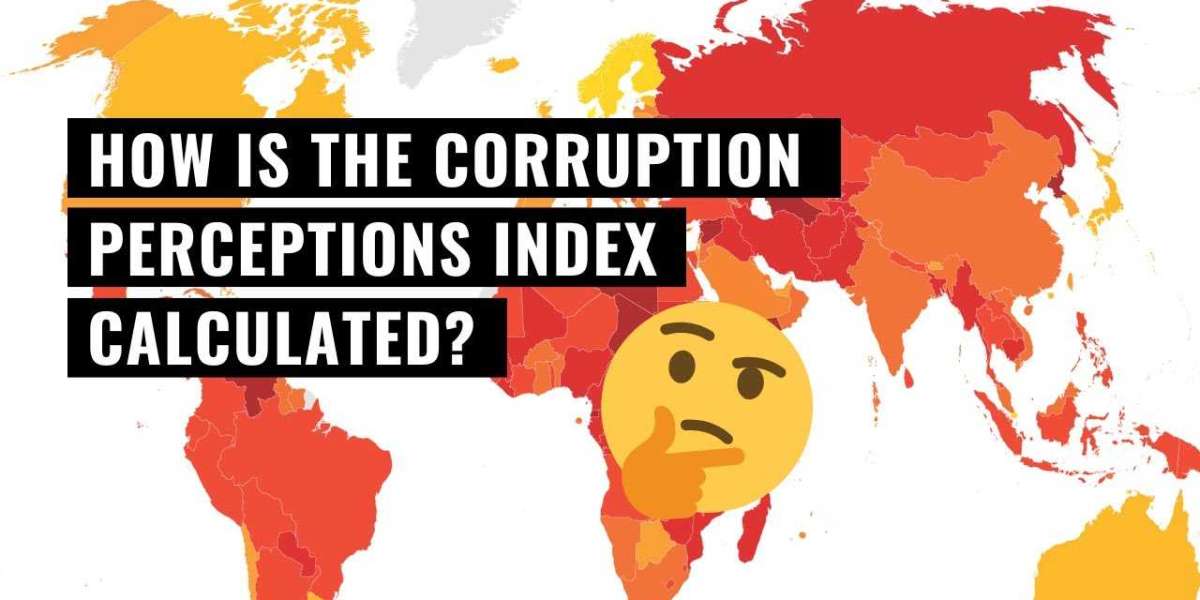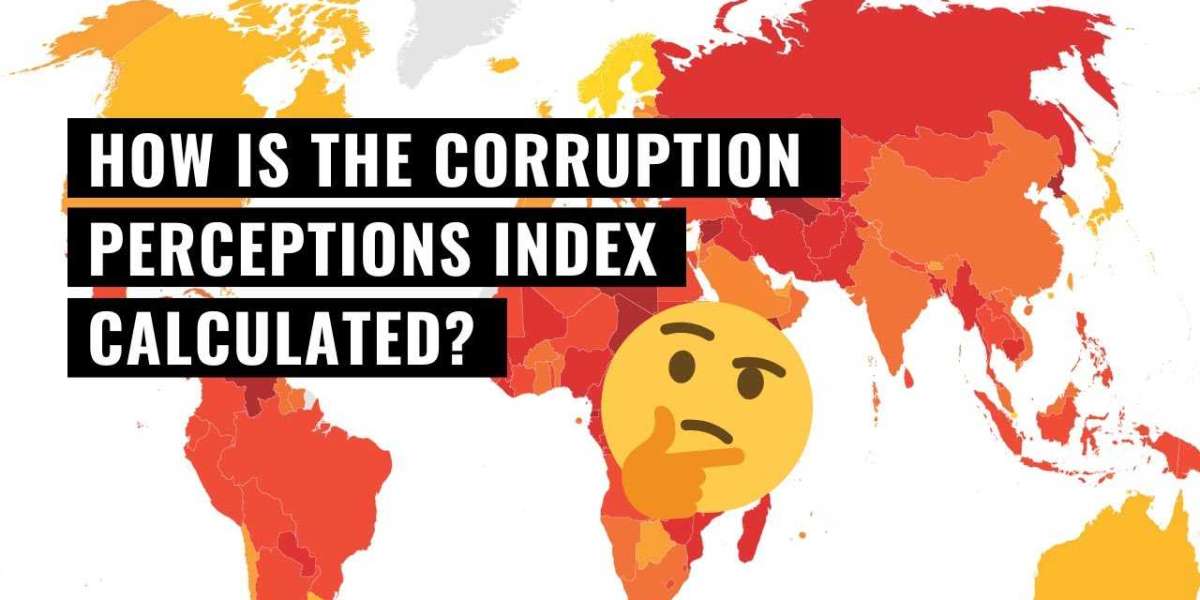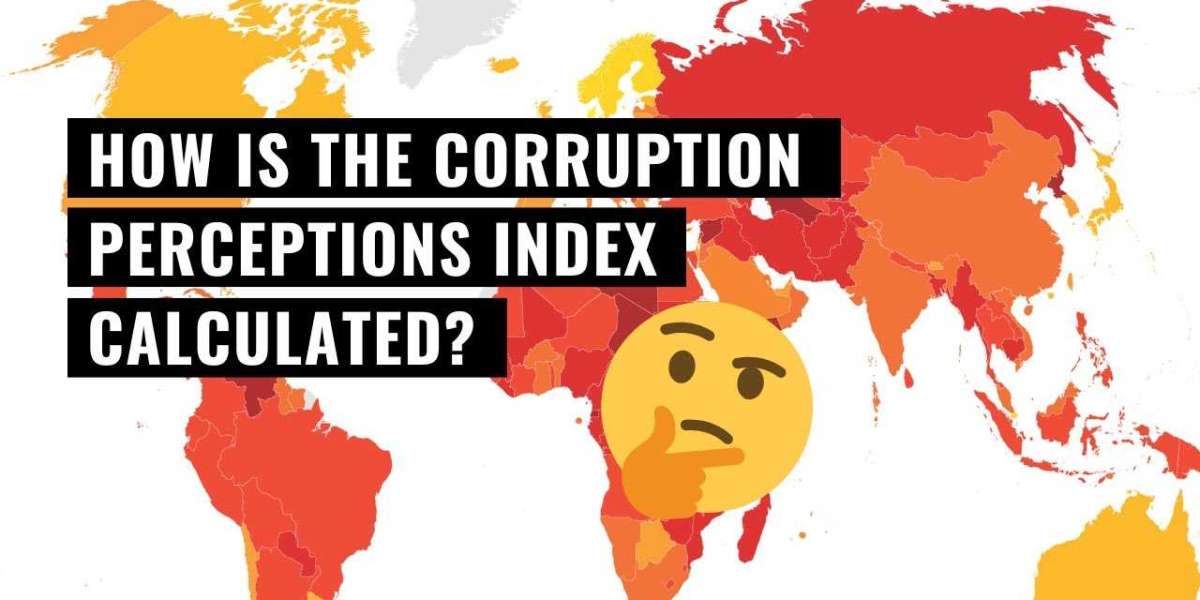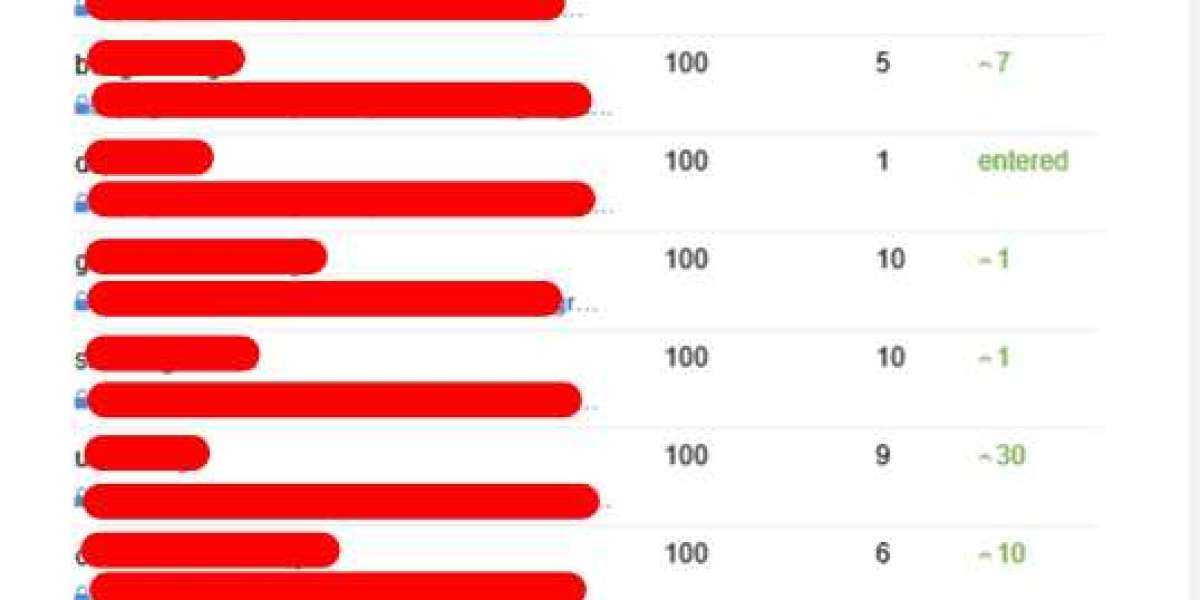Have you ever wondered how corruption shapes the world? Do you wonder how some countries maintain a cleaner reputation while others struggle with corruption at every level of government and society? The corruption perception index is one of the most widely recognized tools to measure corruption in different nations, but how much does it really reveal? Does it fully capture the intricate and often hidden nature of corruption? And, most importantly, how does it influence the quality of life in these countries?
The corruption perception index offers a glimpse into the levels of corruption as seen by those who study and live in each country. But while it paints a broad picture, its true value lies in the actions that follow the data it provides. This post will delve into what the index means, its benefits, and its limitations, all while offering real-world examples and statistics to explain why it matters.
What Is the Corruption Perception Index?
The corruption perception index (CPI) is an annual ranking published by Transparency International that scores countries on their perceived levels of public sector corruption. The ranking is based on expert assessments and surveys conducted by various institutions worldwide. Countries are given a score between 0 (highly corrupt) and 100 (very clean), and these scores are used to rank the nations according to the extent to which their public sector is perceived to be corrupt.
The CPI is one of the most prominent and widely used indicators of corruption globally. It is often referenced by journalists, policymakers, and activists when discussing government accountability, human rights, and social stability. But why is it so crucial?
Why Does the Corruption Perception Index Matter?
So, what can we really learn from the corruption perception index? On the surface, it seems like a simple metric just a score out of 100. However, the implications of these numbers run much deeper. Here are some of the key benefits:
1. A Clear Snapshot of Global Corruption
The CPI provides an easy-to-understand snapshot of how corrupt a country is perceived to be, which helps citizens, businesses, and governments track progress and understand where reform is most needed. For example, a country with a low CPI might face challenges in attracting foreign investment, as businesses tend to shy away from countries where corruption is widespread. On the other hand, nations that score high on the index may experience better economic stability and development opportunities.
2. A Tool for Advocacy and Change
Transparency International, the organization behind the CPI, uses the rankings to push for change. By highlighting corrupt practices and raising awareness about the issue, the CPI has led to discussions on anti-corruption reforms in countries around the world. Civil society organizations use the index to advocate for more transparency, better governance, and improved public services.
3. Encourages Accountability
The corruption perception index can increase pressure on governments to act. When a country ranks poorly, it puts leaders in the hot seat and gives citizens a platform to demand better governance. By publicizing the levels of corruption, the index empowers citizens to hold their leaders accountable for their actions or lack thereof.
How Is the Corruption Perception Index Calculated?
To get a better grasp of how the CPI is formulated, let’s break down the process. It might seem complex at first, but once you understand it, the methodology becomes clearer.
Multiple Sources of Data
The CPI is based on data collected from several different sources, including surveys and expert assessments from organizations such as the World Bank, the World Economic Forum, and the Economist Intelligence Unit. These sources collect information about corruption from both public sector officials and private sector representatives. The data is then compiled to give a composite score for each country.
A Weighted Average
Once the data is gathered, each source’s ratings are assigned a weight based on how reliable the data is considered to be. This means that some sources, like the World Bank’s governance indicators, may carry more weight than others. The CPI score is the weighted average of the scores from all these sources.
Regular Updates
Because corruption can change over time, the CPI is updated annually, providing a snapshot of corruption levels from year to year. This allows for tracking progress or regression in tackling corruption and can highlight the effects of new policies or changes in government leadership.
What the Corruption Perception Index Doesn’t Tell Us
Despite its usefulness, the corruption perception index has some limitations that need to be understood. Let’s go over a few key shortcomings.
1. It Measures Perception, Not Reality
The biggest criticism of the CPI is that it measures perceived corruption rather than actual corruption. The index relies on the opinions of experts, business people, and analysts, which means it doesn’t capture the full scope of corruption in a country. The reality on the ground could be different from what experts perceive.
For example, a country with high levels of corruption might have effective anti-corruption campaigns that influence the perception of foreign analysts. In contrast, a country with fewer visible signs of corruption might score higher on the index, even if corruption is deeply embedded in its society.
2. It Focuses on Public Sector Corruption
The CPI only looks at corruption in the public sector how government officials, bureaucrats, and politicians behave. But corruption can thrive in the private sector as well, and this aspect is not captured by the CPI. Corporate bribery, money laundering, and other private-sector activities are not part of the evaluation, even though they can be just as damaging as public corruption.
3. It Doesn’t Measure the Impact on Citizens
Although the CPI is a useful tool for understanding corruption at a national level, it doesn’t always reflect how <










